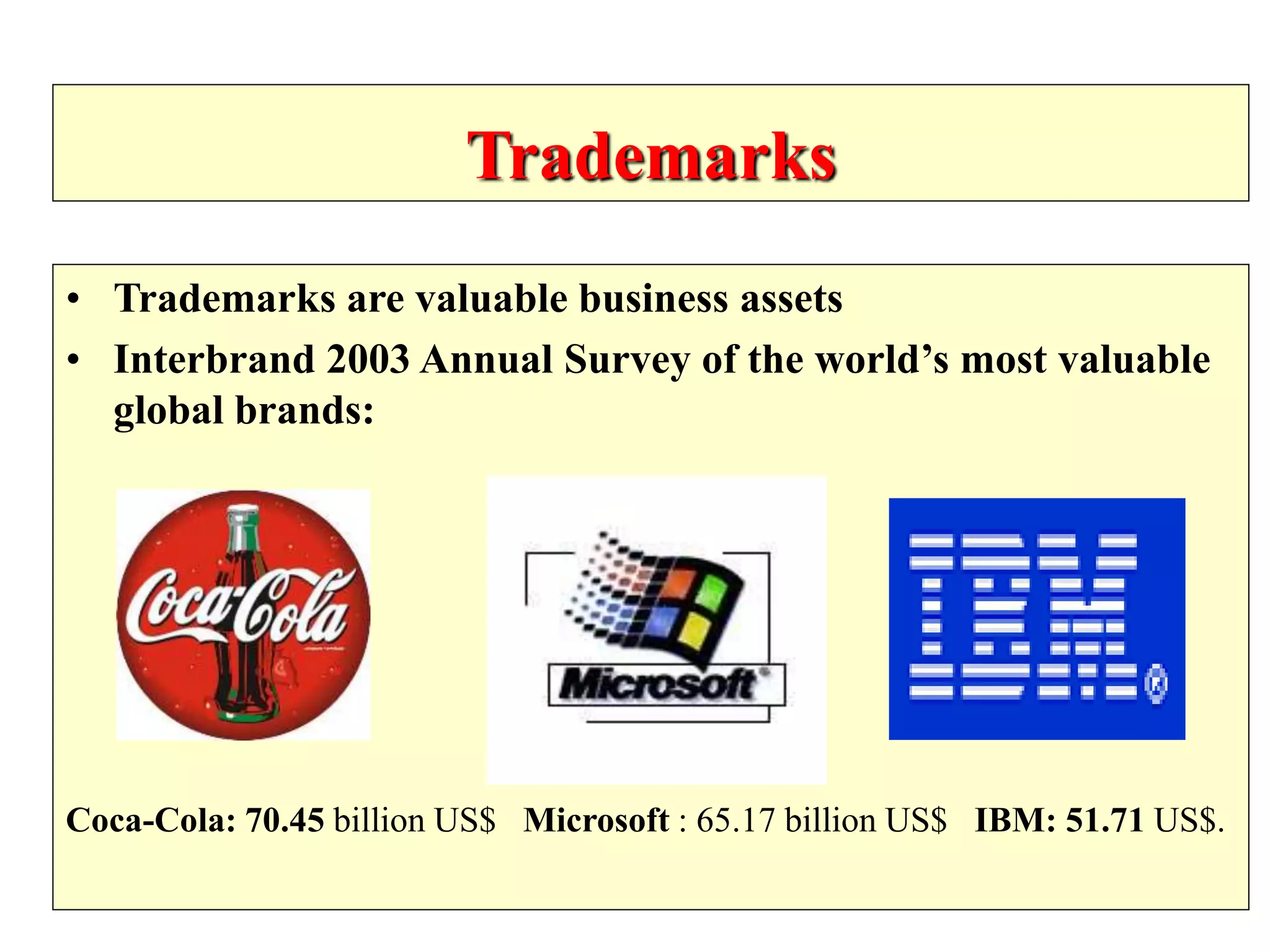The document discusses the innovation process from idea generation through commercialization. It begins with an idea that is developed through research, development, production, marketing and sale. User experience then provides feedback to improve the innovation. The stages of new product development include idea generation, screening, concept development, business analysis, testing, implementation and commercialization. Intellectual property adds value at each stage and an IP strategy should be part of the overall business strategy.












































